ABOUT MOROCCO
Morocco may only be a short journey by plane or sea from the southern tip of Spain and Gibraltar, but it could not be more different. This unique North African country has an immense diversity of topography; including the mountain ranges of the Rif and Atlas, the scorching desert and an impressive rugged coastline, all coupled with a rich culture and distinctive architecture.
However, Morocco remains synonymous with the winding narrow streets of Kasbah, the smell of heady spices, delicate sweet rose perfume and the touch of a refreshing sea breeze. The country is a bright, vibrant and dynamic place to live but move outside of the major cities of Marrakesh, Casablanca, Tangier and Rabat and the way of life appears not to have altered for centuries.
Since its dependence in 1956, Morocco has been run by a constitutional monarchy in conjunction with an elected parliament. The present King, Mohammed VI, has a modern vision for Morocco and has embraced the economic potential of this country ensuring that it becomes, and ultimately remains, an important gateway between Europe and Africa.
At the heart of the country is a thriving tourist industry it aims to be in the top 20 holiday destinations by 2020 and is well on its way. Its attraction is clear to see with exciting cultural differences, ancient historical sites, bustling cities, impressive fishing ports and large sandy beaches. Above all it is a welcoming and safe country to live in. Once you are here life is inexpensive in comparison to Europe, there is something to suit all budgets with excellent quality across all sectors.
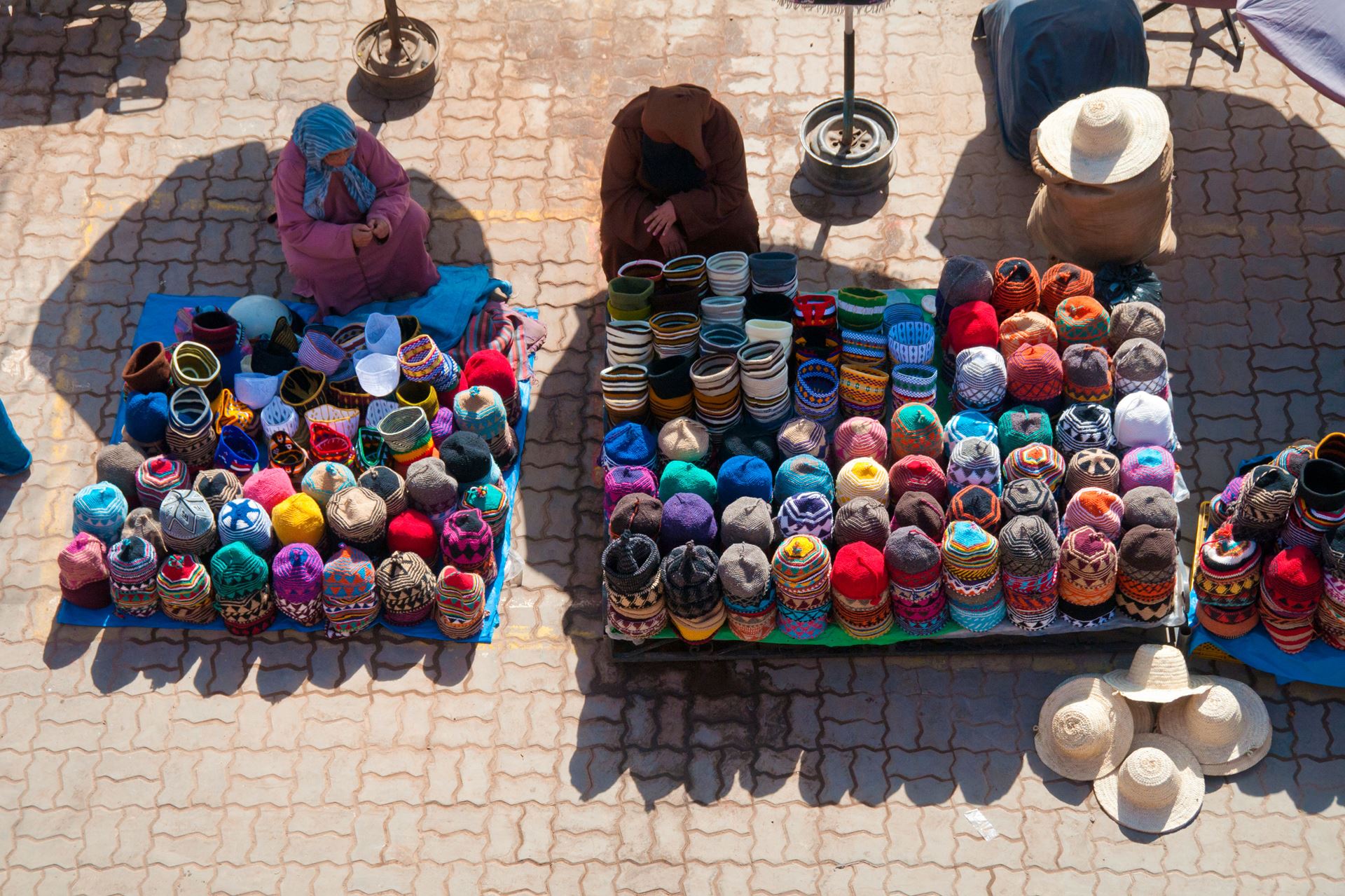
The official languages of Morocco are Arabic and Berber but with such a rich European connection, French, Spanish and English are spoken by a large percentage of the population. French remains the language of administration, but is it entirely normal for Moroccans to speak at least three languages.
The capital city of Morocco is located on the Atlantic Ocean at the mouth of the river Bou Regreg. It is home to the country’s most important museum, the Royal Place and the Mausoleum of Mohammed V, as well as several historical attractions. The city has a more calm and relaxed atmosphere when compared to Casablanca or Marrakech.
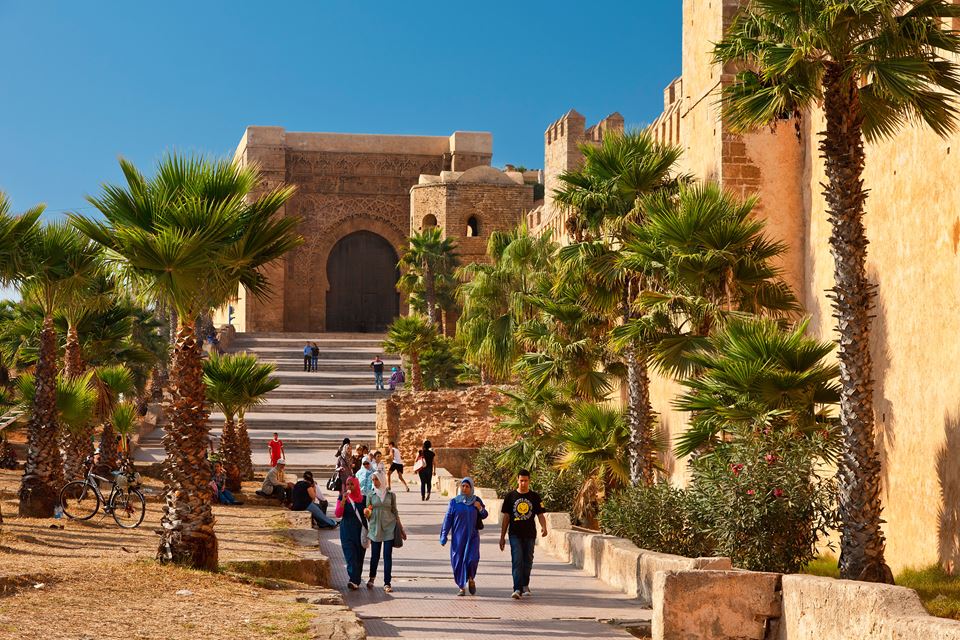
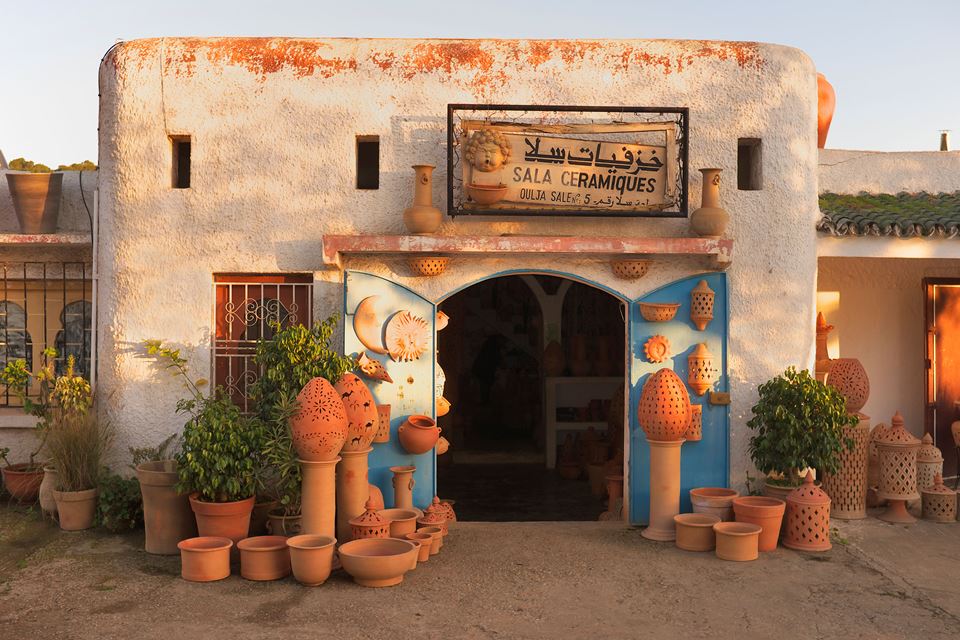
Nestling at the foothills of the Atlas mountains you will find Marrakech, one of the busiest cities in Africa. This fortified city was built by the Moroccan/Berber empire and is home to the largest souk in Morocco, making it a popular tourist destination. Like many traditional cities there is an ancient central fortified city with more modern neighbourhoods and development around the exterior.
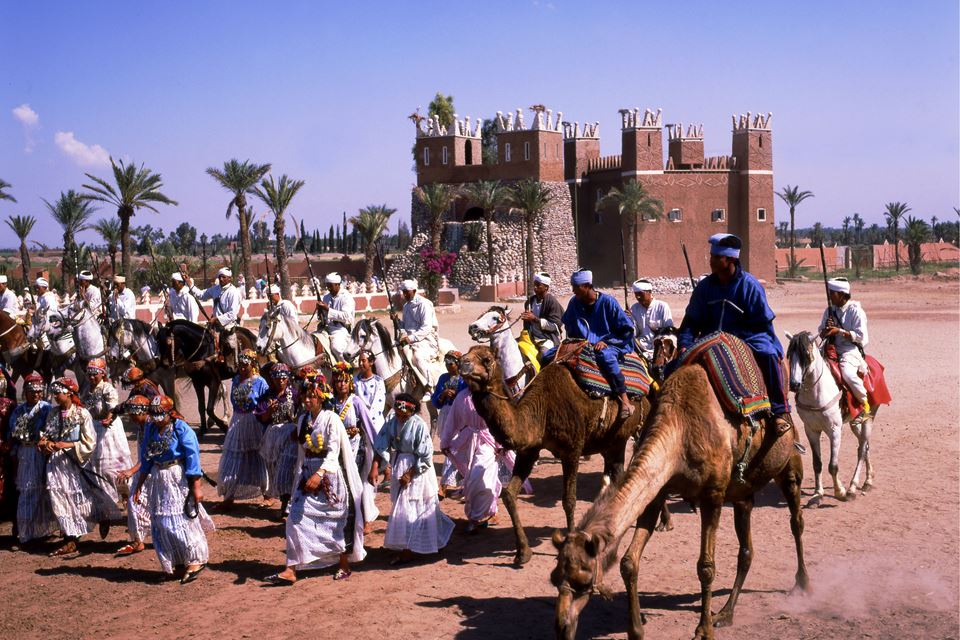
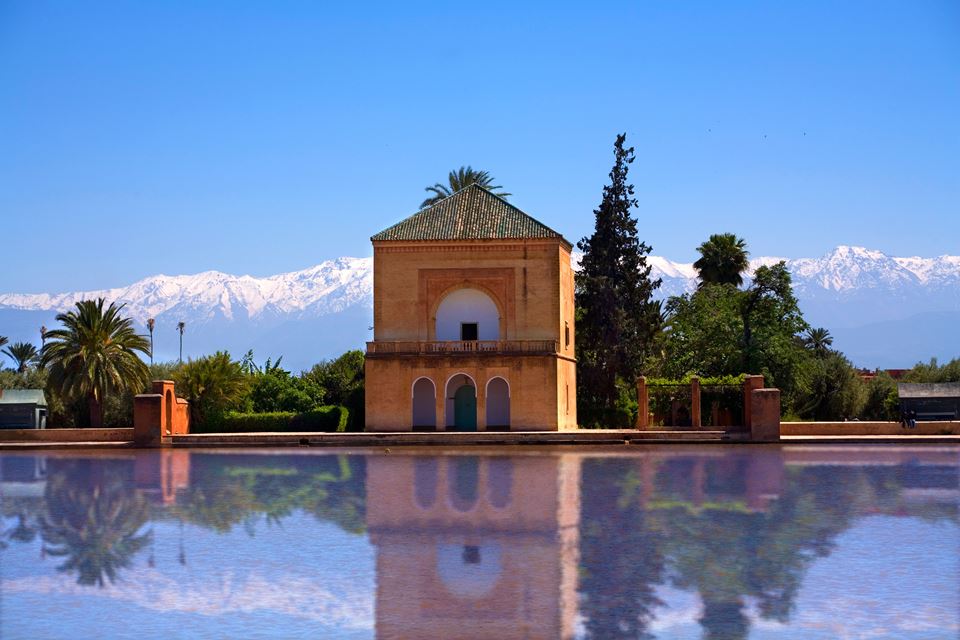
This is the second largest city in Morocco and was the capital city until 1925. Located on the banks of the Jawher river it is an amalgamation of the original 8th Century part of the city Fez al Bali, along with the 13th century Fez el Jdid and the 20th century Ville Nouvelle that was built by the French. It is listed as World Heritage site and is believed to have one of the largest car-free zones in any major city. Its accessibility was increased due to the new terminal at the Fes-SaÏss aiport which has increased the number of visitors. It remains the artisanal hub of Morocco.
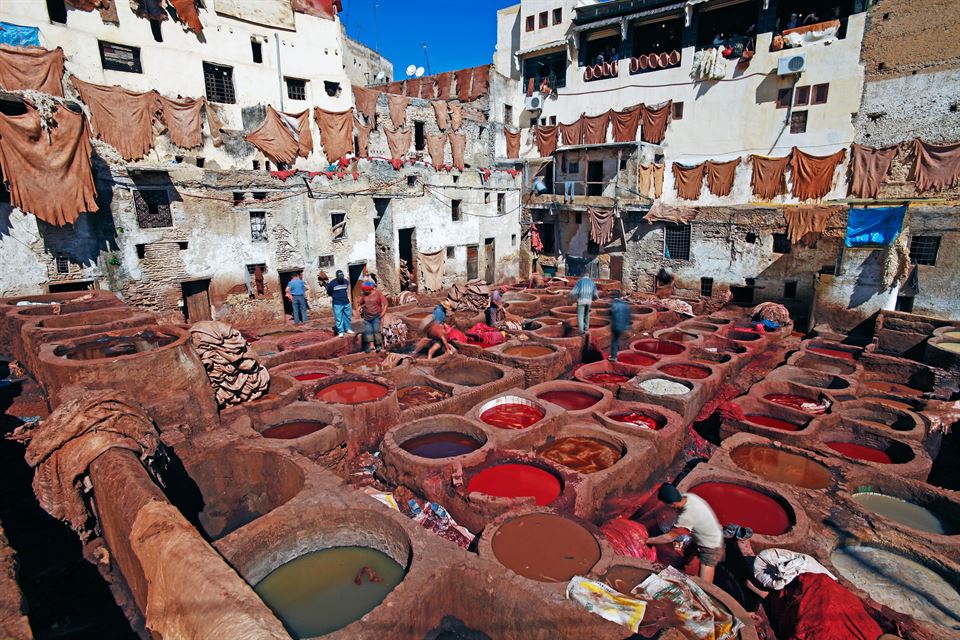
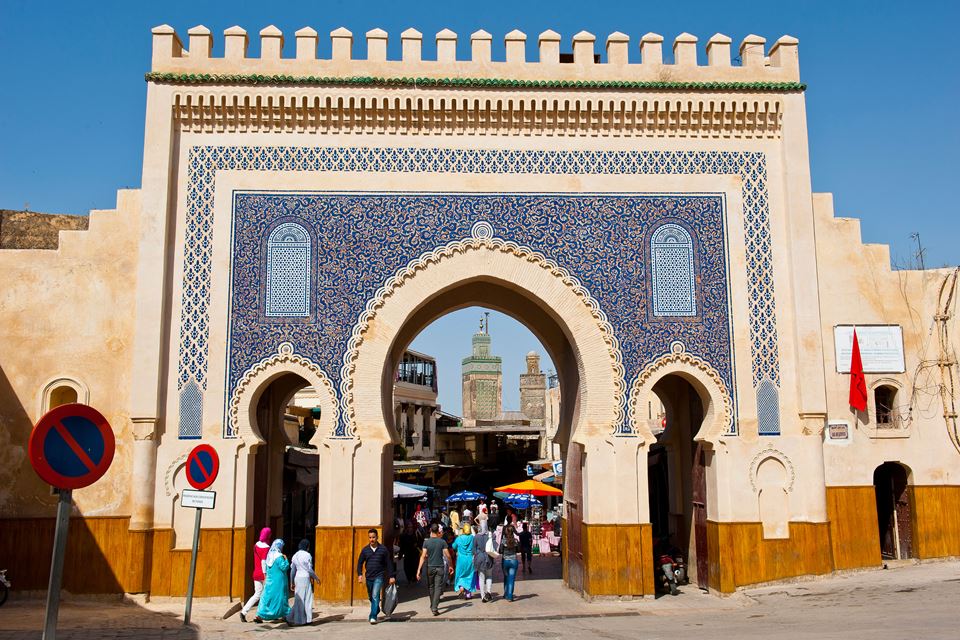
Casablanca is the largest city in Morocco. It is a port city and commercial hub in western Morocco, fronting the Atlantic Ocean. It is the largest city in the Maghreb, as well as one of the most important cities in Africa, both economically and demographically. The city's French colonial legacy has left its mark on the architecture of the city with ornate properties that wouldn’t look amiss in Paris.
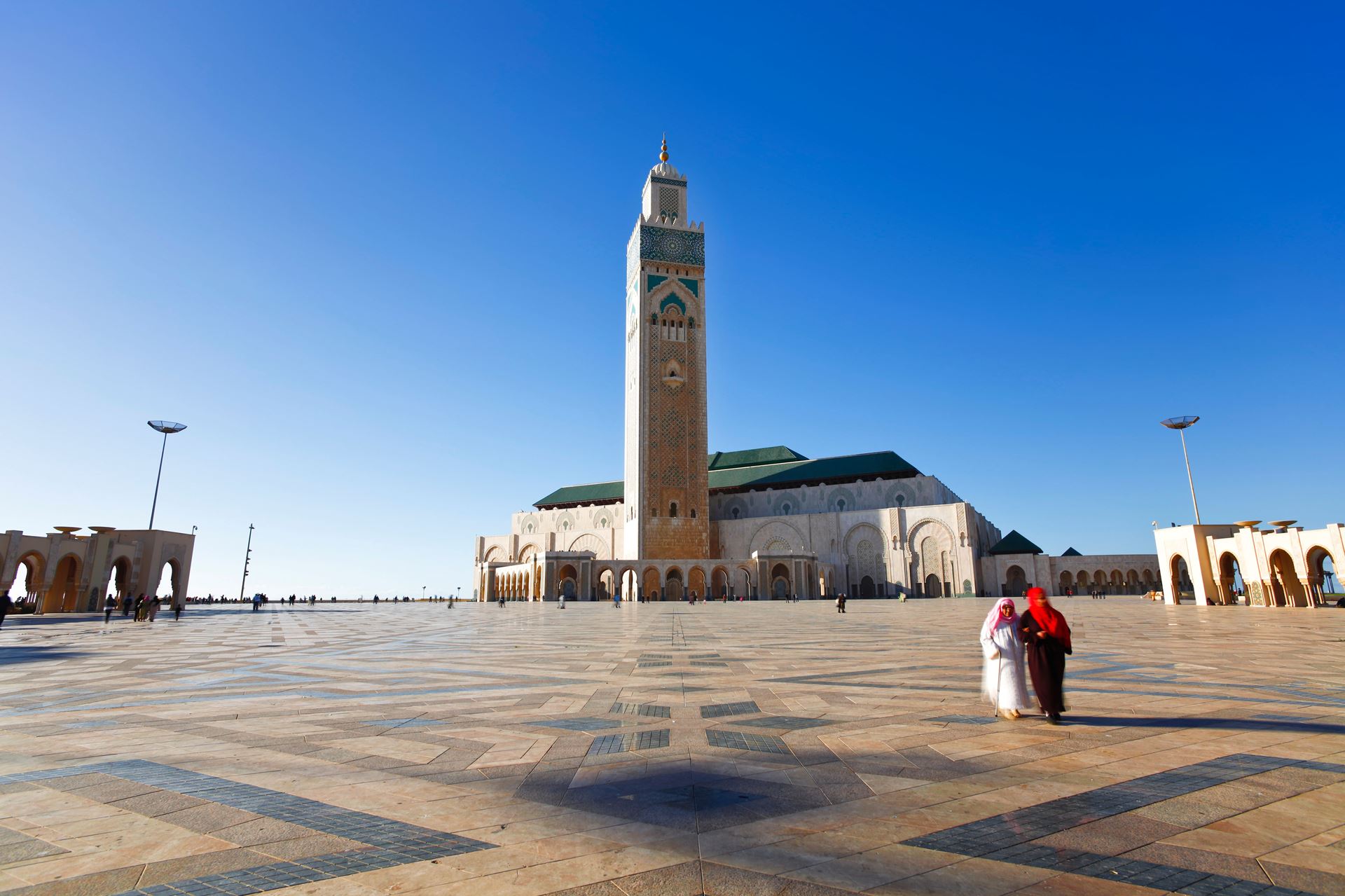
Tangier is a major city in northwestern Morocco. It is located on the Maghreb coast at the western entrance to the Strait of Gibraltar, where the Mediterranean meets the Atlantic Ocean. Tangier's economy is set to benefit greatly from the new Tanger-Med port which has attracted huge investment from European, Far East and Middle East nations. The city centre however, retains an authentic air with the narrow streets of the Kasbah and the Medina. There is a thriving market with all manner of fresh produce, large parks, traditional street food stands. Read More.
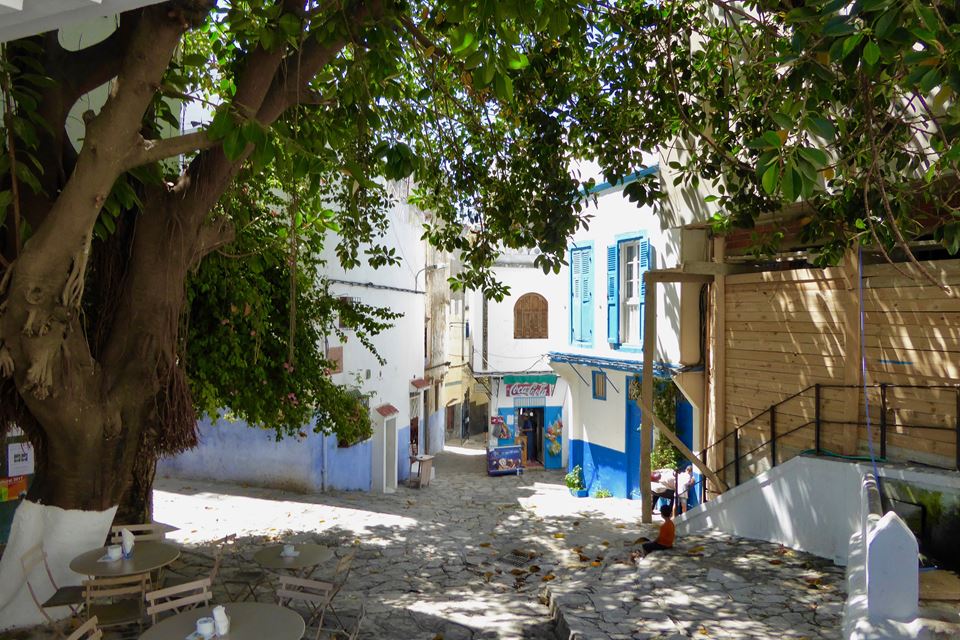
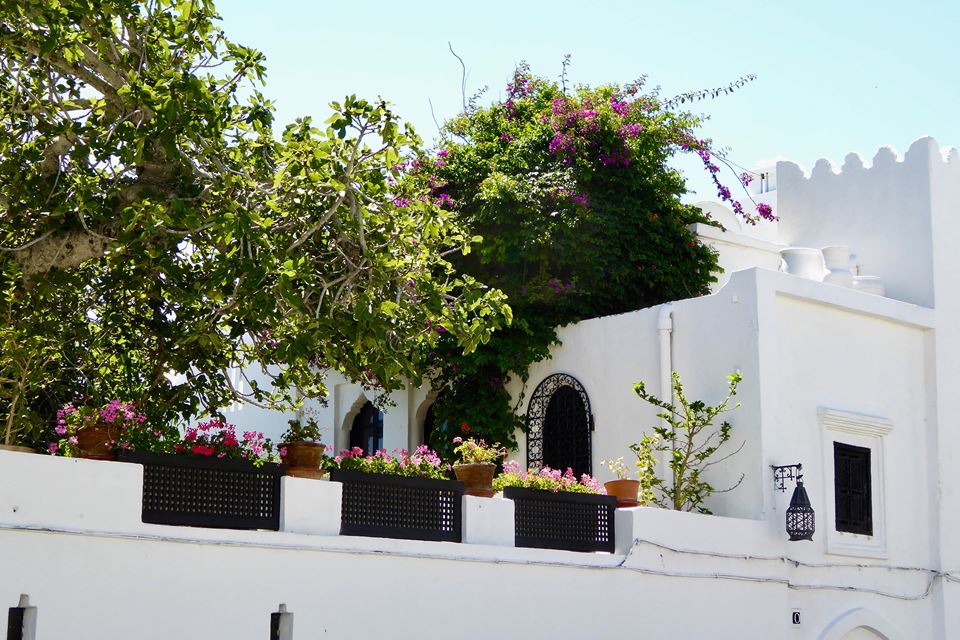
Agadir, a city along Morocco’s southern Atlantic coast, in the foothills of the Anti-Atlas Mountains, is the capital of Agadir-Ida Ou Tanane province. A resort destination, it's known for its golf courses, wide crescent beach and seaside promenade lined with cafes, restaurants and bars.
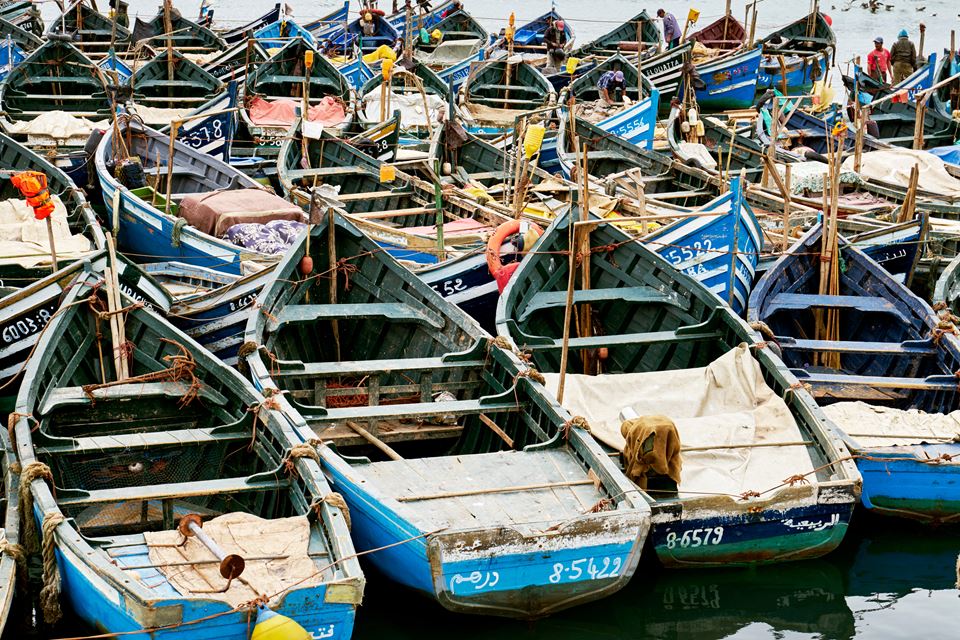
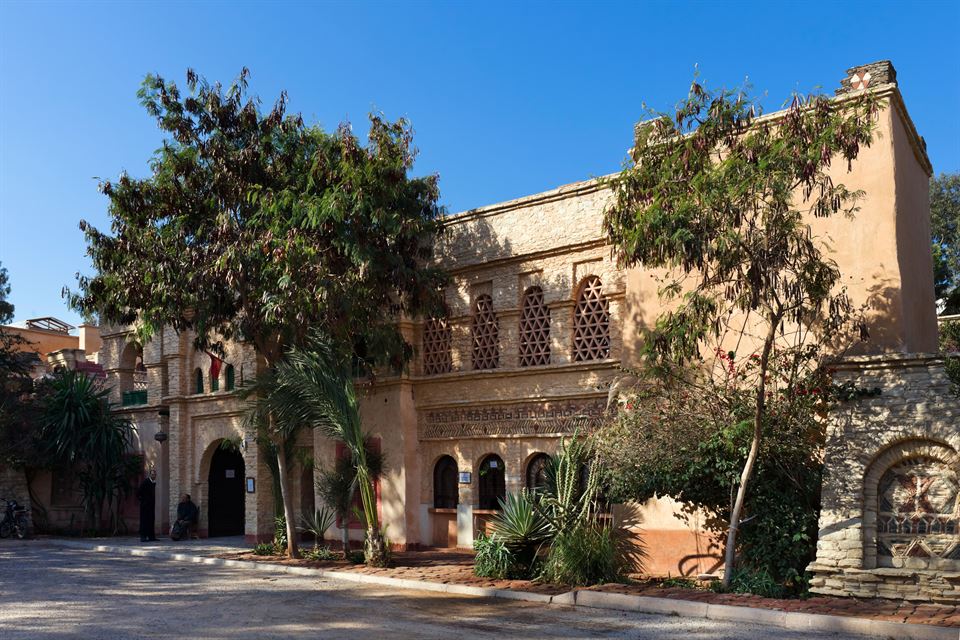
Morocco is becoming more accessible via all modes of transport. There are ferry links from Spain to Morocco, the shortest of which is from Tarifa and only lasts one hour. There are various other ports along the south coast of Spain but in addition Barcelona has a ferry service to Tangier Med along with Gibraltar.
Freeways connect the major Moroccan cities and a high speed TGC link is currently being built to link Tangier and Casablanca.
There are international airports at Agadir, Casablanca, Tangier, Marrakech and Rabat, with daily direct flights to Spain, France, the UK, Portugal, Germany, Italy, Egypt, Tunisia, and Turkey.
Ce site utilise Google Analytics. Nous autorisez-vous à déposer un cookie à des fins de mesure d'audience ? En savoir plus